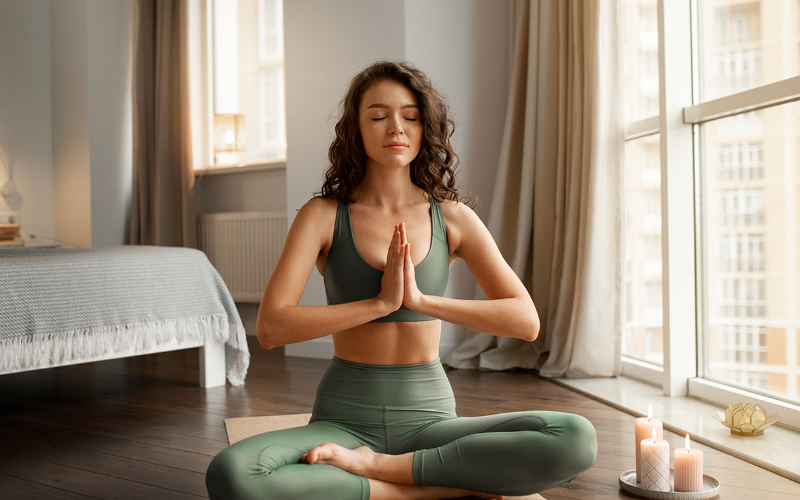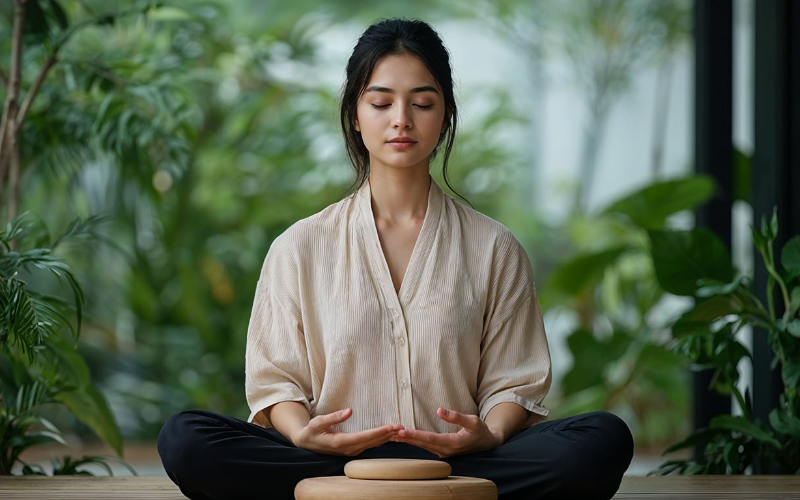
Introduction
In today’s constantly connected world, finding moments of stillness can feel like a luxury. Yet research shows that even a few minutes of daily meditation can lower stress, improve concentration, and enhance emotional resilience. Creating a dedicated meditation space at home, no matter how small, sends a powerful signal to your mind: this is a place for calm, presence, and inner balance.
A well-designed meditation space not only enhances your practice but also encourages you to return to it regularly. Here’s how to design one, based on both ancient wisdom and modern psychology.
1. Why a Dedicated Space Matters
-
Psychological Conditioning – The brain quickly associates environments with behaviours. Just as a bed signals sleep, your meditation corner becomes a cue for stillness.
-
Reduced Decision Fatigue – Having a ready space eliminates the need to “set up” before every session, making it easier to stay consistent.
-
Energetic Clarity – According to yogic philosophy, spaces absorb energy. A dedicated spot allows positive vibrations to accumulate over time.
2. Choosing the Right Location
-
Quiet & Low-Traffic – Pick a spot away from household noise and distractions.
-
Natural Light if Possible – Exposure to daylight during meditation helps regulate circadian rhythms and mood.
3. Essential Elements of a Meditation Space
A. Comfortable Seating
-
Use a cushion, meditation bench, or yoga mat. The spine should be upright but not tense.
-
Ergonomic seating supports longer sessions without discomfort.
B. Calming Colour Palette
-
Soft earth tones, whites, or gentle blues promote relaxation.
-
Colour psychology suggests muted shades help slow brainwave activity.
C. Sensory Anchors
-
Sound: Gentle background music, Tibetan singing bowls, or nature sounds can mask external noise.
-
Scent: Lavender, sandalwood, or frankincense incense can enhance focus by engaging the olfactory system.
-
Visual: A candle, plant, or small statue can act as a meditative focal point.
D. Minimal Clutter
-
A tidy environment reduces cognitive load. Neuroscience research shows clutter increases stress hormones.
Conclusion
A meditation space is more than just a corner in your home , it’s a reflection of your commitment to self-care and inner peace. By thoughtfully designing it with comfort, beauty, and intention, you create an environment that naturally draws you inward. the space doesn’t have to be big or expensive, it just needs to be yours.
